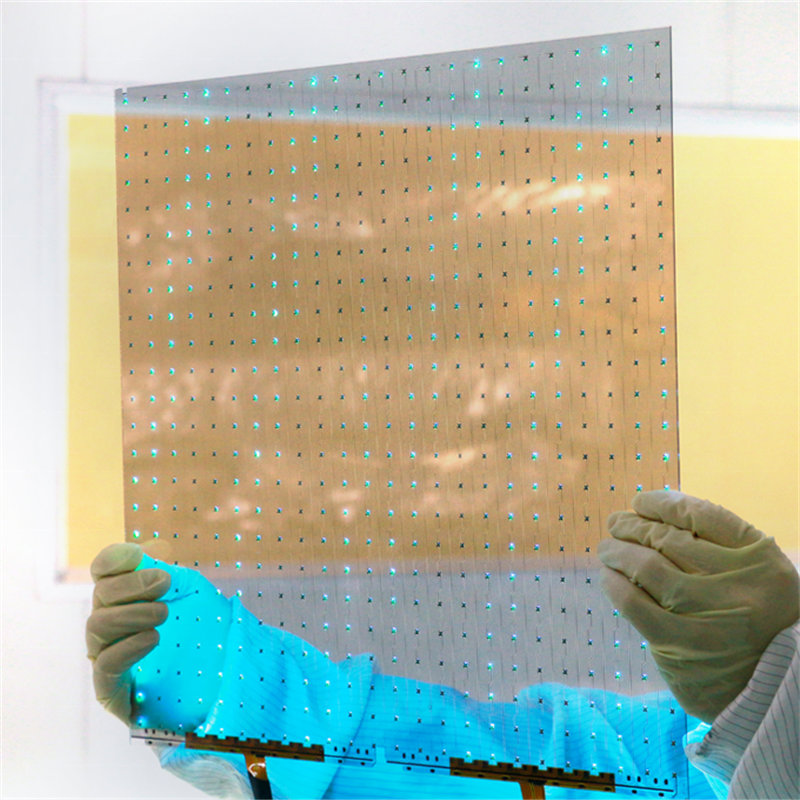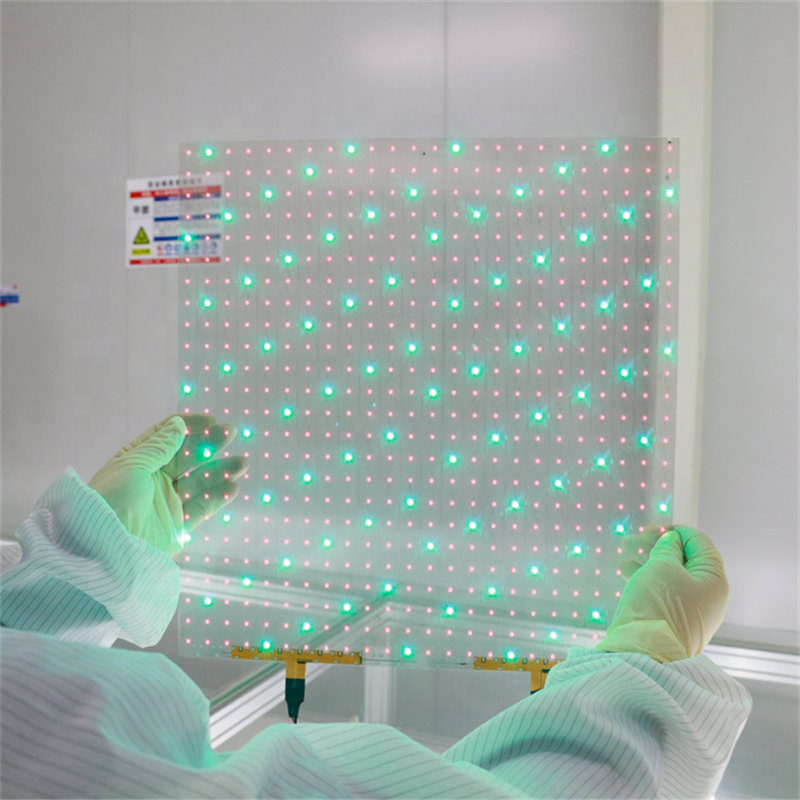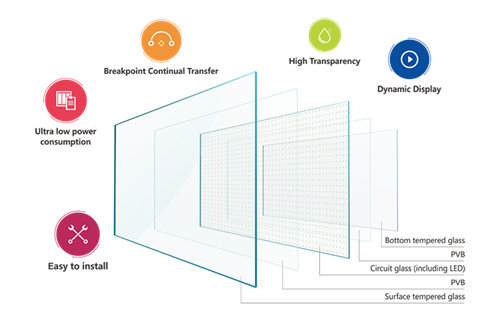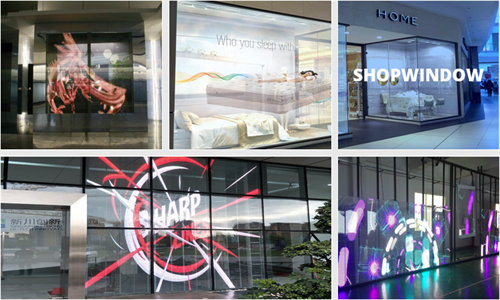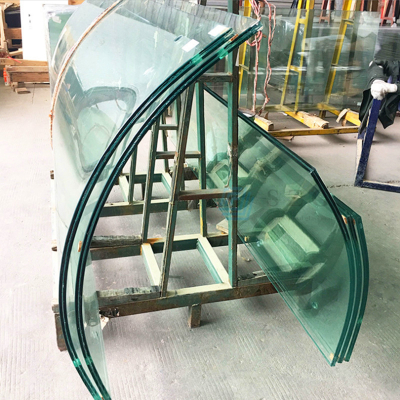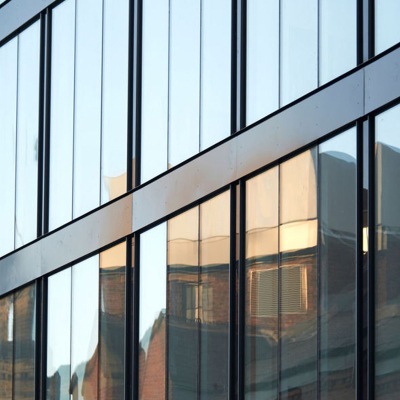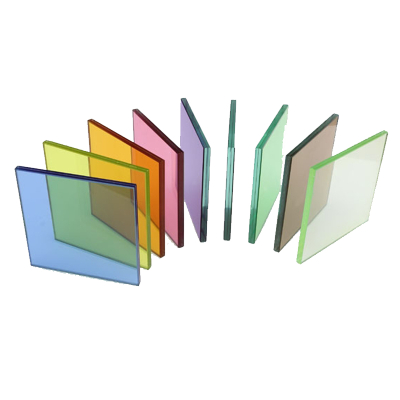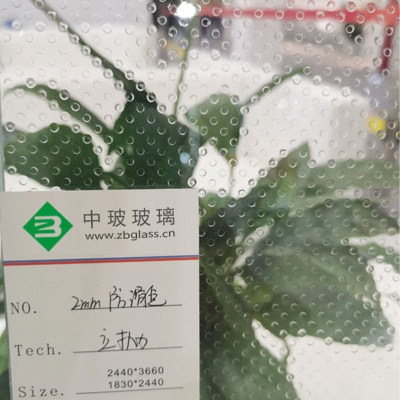Photoelectric Glass
1. Smart control: Photoelectric glass, also known as switchable glass or smart glass, can switch between transparent and opaque states with the application of an electrical current. This allows for instant control of privacy, light transmission, and visibility, providing flexibility and convenience.
2. Privacy protection: Photoelectric glass can be switched to an opaque state, providing privacy by blocking the view from outside. This is particularly useful in applications such as meeting rooms, bathrooms, or residential spaces where privacy is desired.
Product Description
Photoelectric glass, also known as smart glass or switchable glass, is a type of glass that can change its transparency or opacity when an electrical current is applied. This glass technology is achieved through the use of materials that can alter their light transmission properties in response to an external stimulus. Photoelectric glass offers various benefits, such as privacy control, glare reduction, energy efficiency, and aesthetic appeal. It is commonly used in windows, partitions, skylights, and display cases in both residential and commercial buildings. With the ability to switch between transparent and opaque states, photoelectric glass provides flexibility and enhances the overall functionality of architectural spaces.
Product Advantages
1. Smart control: Photoelectric glass, also known as switchable glass or smart glass, can switch between transparent and opaque states with the application of an electrical current. This allows for instant control of privacy, light transmission, and visibility, providing flexibility and convenience.
2. Privacy protection: Photoelectric glass can be switched to an opaque state, providing privacy by blocking the view from outside. This is particularly useful in applications such as meeting rooms, bathrooms, or residential spaces where privacy is desired.
3. Light control: Photoelectric glass can be adjusted to control the amount of light transmitted through it. It can be switched to a transparent state to allow natural light into a space or to an opaque state to block excessive sunlight or glare, providing a comfortable and visually pleasing environment.
4. Energy efficiency: Photoelectric glass can contribute to energy efficiency by reducing the need for artificial lighting and controlling solar heat gain. By adjusting the transparency, it can optimize natural light utilization and reduce the reliance on electric lighting, resulting in energy savings.
5. UV protection: Photoelectric glass can be designed to block harmful ultraviolet (UV) rays when in the opaque state. This helps protect furniture, flooring, and other interior elements from fading or damage caused by prolonged exposure to sunlight.
APPLICATION


